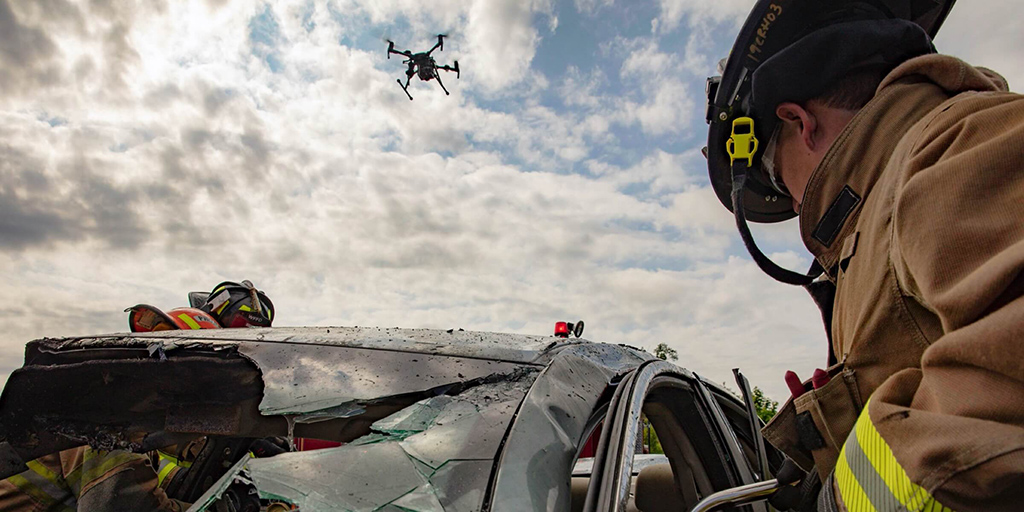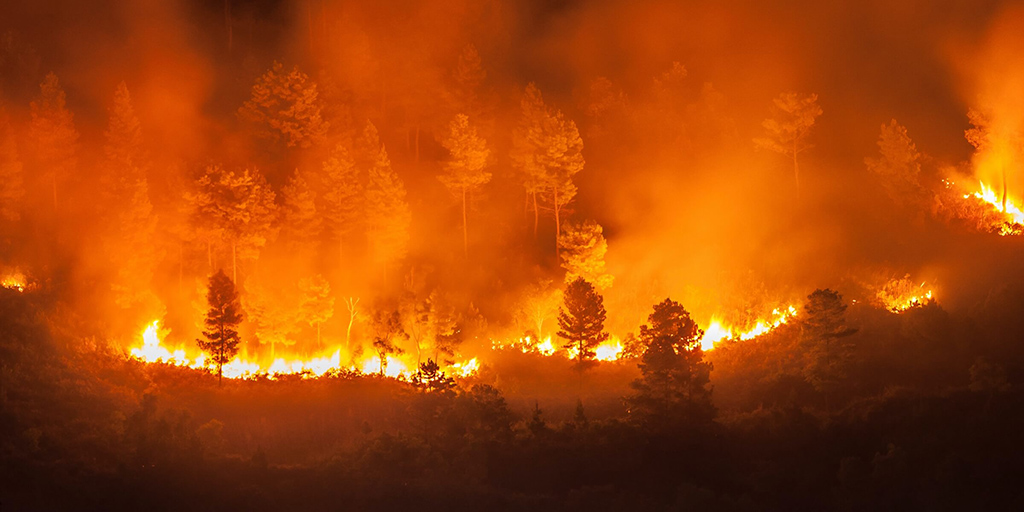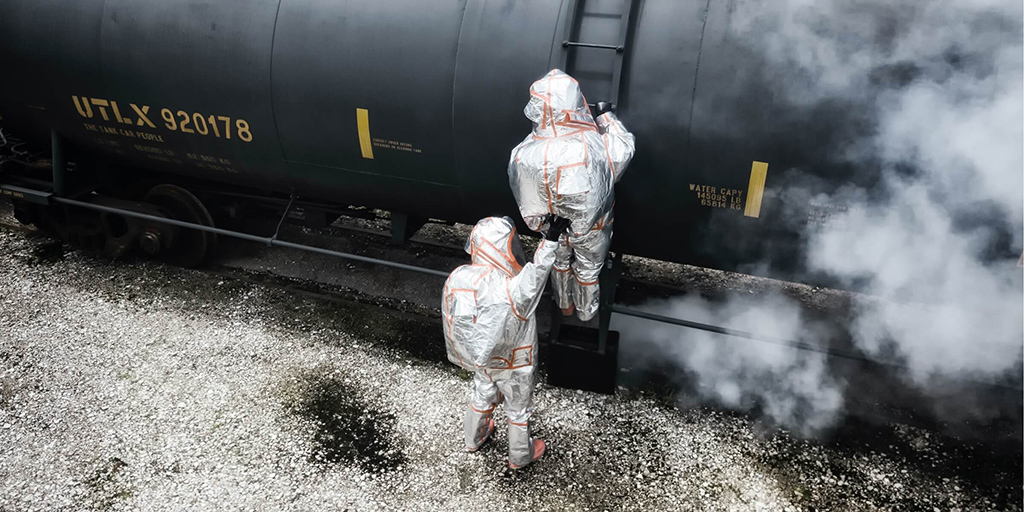Firefighting - DJI ENTERPRISE
Main fire-fighting benefits
Urban fire fighting
Provide immediate aerial surveillance and guide optimal response to protect people and property
Fight against forest fires
Scan large areas and quickly identify fire outbreaks, assess their threat and optimize response
HazMat Operations
Quickly and remotely identify threats while keeping response teams safe
Urban fire fighting

Traditional answers to the challenges of urban fire
- Arriving at the scene, smoke, buildings and obstacles can make it difficult to determine the extent of a fire and its threat
- Limited perspectives from land on fire can hinder the optimal deployment of attention and resources
- In the aftermath of a fire, it can be dangerous and costly to inspect and document damage
How drones help urban firefighting
- Fly over buildings and obstacles and look through the smoke with thermal cameras to prioritize targets
- Stream real-time video surveillance to command centers to align teams and eliminate uncertainty
- Leverage high-resolution cameras to remotely monitor remaining threats and document damage for future analysis
Fight against forest fires

Traditional challenges for fighting forest fires
- Inadequate road infrastructure and complex terrain make patrolling high-risk forested regions a challenge for ground crews
- From the ground, it can be difficult to quickly determine the range of a fire and prioritize targets
- With no eyes on the scene, it can be difficult for firefighters to optimally direct the front line
How drones facilitate the fight against forest fires
- Overcome natural obstacles and quickly explore high-risk wooded regions from above
- Fly above the treeline to quickly ascertain the extent of the fire and establish fire front lines
- With an eye to the sky, firefighters can determine where to distribute resources
HazMat Operations

Traditional challenges for HazMat teams
- Before teams can intervene, gaining mission-critical awareness costs valuable time when every moment matters
- HazMat teams are exposed to great risks when assessing gas, liquid and solid hazardous materials
- Disposable HazMat suits and equipment are expensive and bulky, increasing response time and operating costs
How drones help in HazMat operations
- Quickly investigate the hazard and the surrounding environment and provide team leaders with critical information to guide next steps
- Fly close and remotely assess the nature of threats with thermal cameras and payloads with multi-gas detectors
- Acquire HazMat evidence and cleaning procedures for cost analysis and documentation for future training


 3digital.tech
3digital.tech